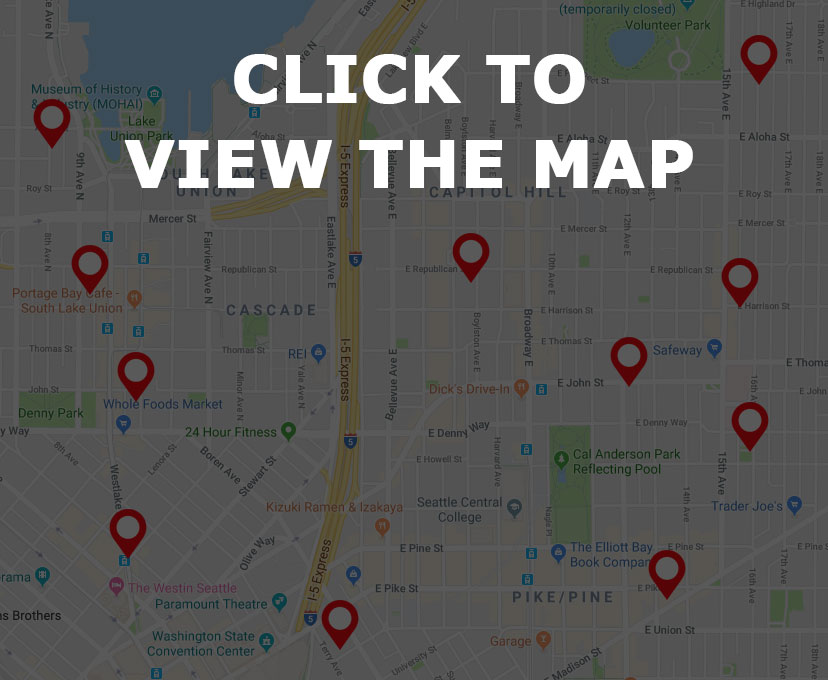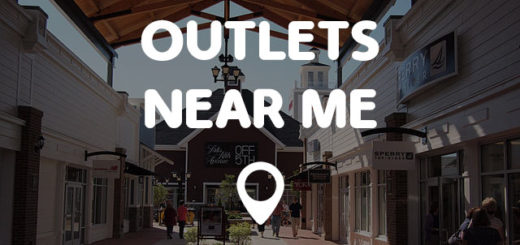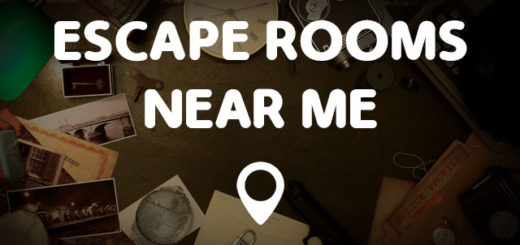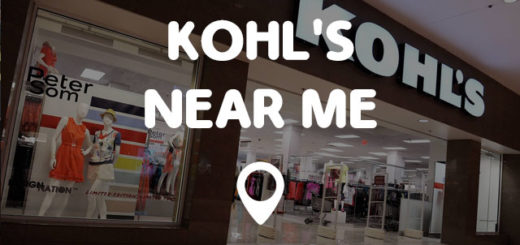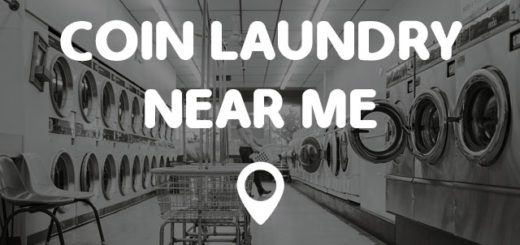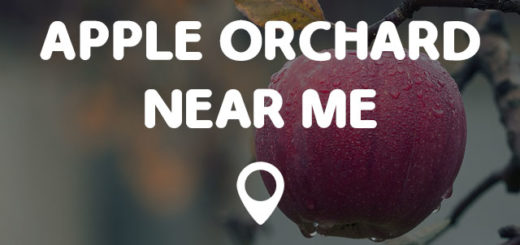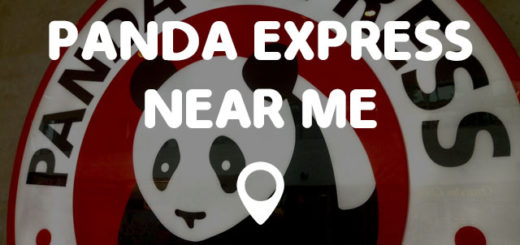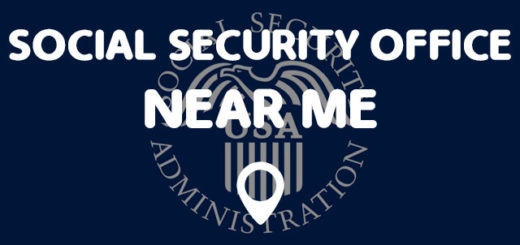Lunch Near Me
Lunch, or luncheon, is one of the main meals of the day. It is usually eaten around midday, but can be eaten at any time from late morning to late afternoon. The items and ingredients used to prepare lunch differ greatly from region to region around the world, as do the dining customs and etiquettes. Because lunch is taken during typical working hours, many people eat lunch at their workplace, or else have a break during the day in which to eat.
Lunch time is often one of the busiest times for businesses that sell food, such as restaurants and cafés, and is sometimes referred to as the ‘lunchtime rush’. For lunch ideas and locations, just search “Lunch near me”.
Lunch Near Me – Find it on the Map
Lunch Near Me – Lunch Trivia
How long has lunch been eaten for?
In the Middle Ages, the main meal of the day was consumed around the middle of the day, when there was the most light available. This mean was originally known as ‘dinner’. Over hundreds of years, customs changed and this mean was pushed back later into the evening. The modern idea of lunch came about as a third meal to fill the gap between breakfast and dinner. Luncheons were generally considered to be effeminate, and only for ladies to partake in, up until the 1800s. As industrialization spread, men began to work longer and longer at factories away from home. Originally they would go home to eat lunch, but factories eventually grew to be too far away from homes, and the concept of a ‘lunch break’ started to take hold.
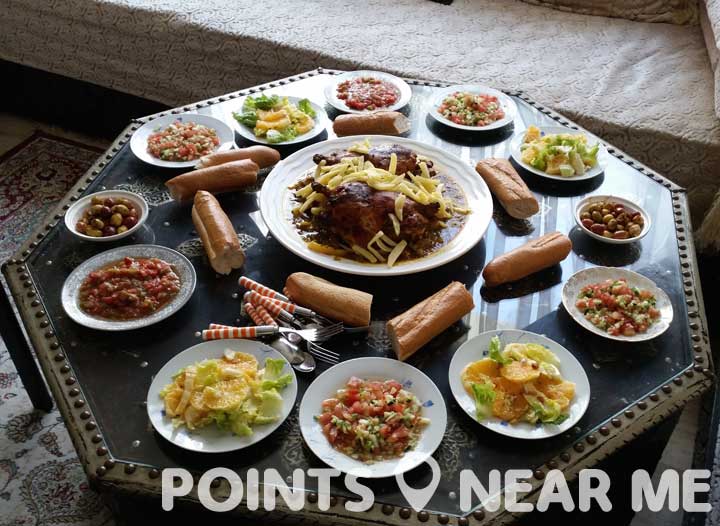
Typical lunches vary greatly with different cultures and cooking styles.
What do North Americans eat for lunch?
In Canada and the US, lunch is usually eaten around noon. Children often bring lunches from home to school, which are very often sandwiches, made with cheese, chicken, tuna, or jelly. Schools may also have a cafeteria, in which the school will provide food for the students. Workers do not typically go home to eat lunch, as a lunch break is typically no more than one hour. Some workers will eat sandwiches, soups, or leftovers from the previous nights’ dinners, brought from home, while others will leave work briefly to visit a restaurant or café. A Mexican lunch, known as a ‘comida’, is often three or four courses. The first is usually rice, pasta or noodles. The second, which is the main dish, usually consists of refried beans, cooked vegetables, salads, and more rice. The last course is a dessert, usually sweet.
What is a common lunch in Europe?
The many different cultures of Europe differ in their typical lunches. In Germany, lunch is historically considered to be the main meal of the day, although this idea is not as widespread today. Lunch is often a substantial meal, served hot. It is usually a savory dish with protein and starch. Some examples are casseroles and stews. In areas of Norway, Belgium and the Netherlands, lunch is quite often a sandwich, filled with either savory or sweet ingredients, such as peanut butter, meat, cheese or even chocolate sprinkles. It is very common for lunch in these areas to also include coffee, juice, milk or yogurt, and a small amount of fruit, or soup. In Spain, lunch is also considered the main meal of the day, and is a large meal. This is because the evening meal is often not taken until 9 or 10 pm. Lunch consists of three courses, a starter, main consisting of meat or fish, and a sweet dessert, accompanied by coffee or a small amount of alcohol. It is common for Spanish schools to have a one hour lunch break, and for small shops and businesses to close in the early afternoon to allow employees to take a large lunch.
To find somewhere to have lunch, just search “Lunch near me”.
Lunch Near Me – Lunch Facts
In the Bengal region of India, lunch is traditionally a seven course meal! The courses consist of various rices and curries, finishing with a sweet yogurt, and finally some paan, which serves as a mouth freshener.
The origins of the lunch box date back to the 1800s. Farmers and workers who were unable to return home for lunch would bring small amounts of wood to their workplace, using such things as tobacco tins for containers. The earliest tin containers appeared at the turn of the century, and by the 1950s, lunchboxes for children began to display pop-culture icons. Some early examples are Mickey Mouse, The Lone Ranger and Barbie. Plastic boxes replaced metal ones during the 1960s, as these were cheaper and simpler to manufacture. Soft polyester lunch bags were made popular during the 1990s. New lunch boxes include electric boxes that warm their contents!
The French writer Guy de Maupassant would often eat lunch at the base of the Eiffel Tower, because that was the only place in Paris that he could not see the tower. He was one of many Parisians that did lot like the tower, and he was one of many notable people to sign a letter of protest against the tower’s construction.
Two fateful lunches helped the British to win the First World War! Chemist Chaim Weizmann was eating lunch with the Manchester Guardian editor CP Scott. Weizmann explained how he was working on a new technique to create the chemical acetone, useful in explosives. A week later, Scott was eating lunch with the English Prime Minister Lloyd George. George complained that the war effort was struggling because of a lack of acetone. Scott was able to explain about Weizmann’s efforts. The British munitions industry was able to outpace the German industry, and the war was able to be won by Britain and its allies.
Legend states that the sandwich was created by John Montagu, the Fourth Earl of Sandwich, a town in Kent, England. He was said to have spent 24 hours straight at a poker table, and wanted a food that he could eat at the table, and would not leave his hands messy and ruin the cards. He asked his servant to bring him slices of meat in between two pieces of bread. His friends would ask for “the same as Sandwich”, and thus the sandwich was born. The invention of the sandwich is widely debated, and so this story is believed by some to be false.
The word lunch comes from the more formal English word ‘luncheon’. The word luncheon began to be used in the 1500s, and originally described light food that was eaten between main meals. The word was combined with the Middle English word ‘nuncheon’, which comes from ‘noon’ and ‘schench’ (drink).
To find places to eat lunch today, just search for “Lunch near me”!

